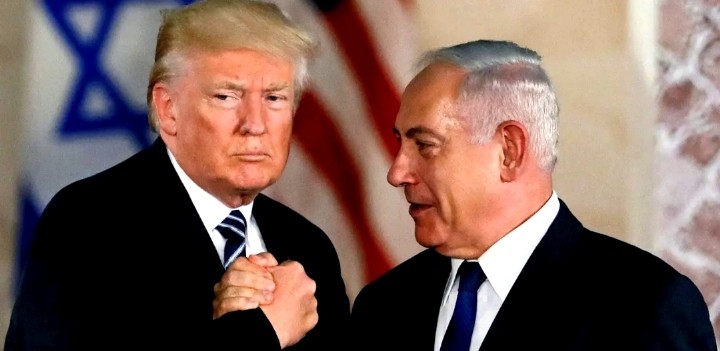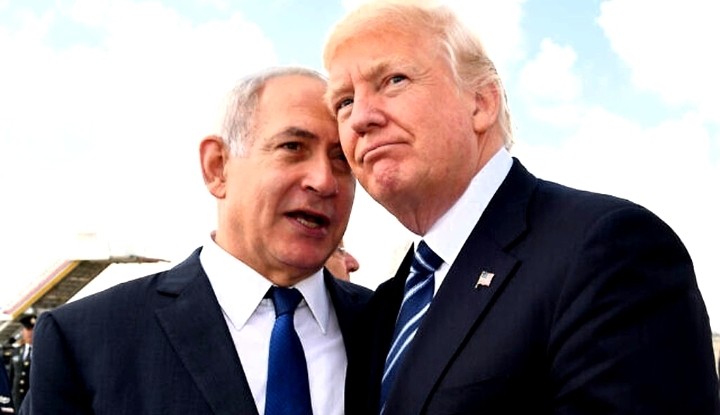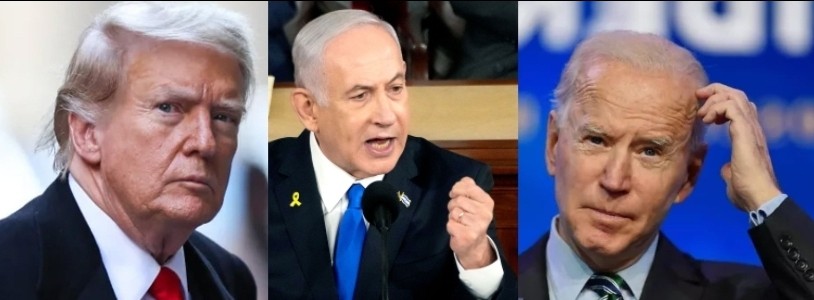
Special Analysis:- In 1947, with the passing of the UN Partition Plan (Resolution 181), the geopolitical design around Israel began to take shape. Merely 11 minutes after Israel declared independence in 1948, the United States granted formal recognition—marking what many historians view as the beginning of a strategic alliance (United Nations, 1947; Truman Library Archives).
This bond was further institutionalized when the U.S. designated Israel a “Major Non-NATO Ally” in 1987 (U.S. Department of State, 1987).
From 1948 to 2023, the United States has provided Israel with nearly $310 billion in military and economic aid. Between 2016 and 2028, $3.3 billion is allocated annually for military support, alongside an additional $500 million per year for the Iron Dome missile defense system.
In 2022 alone, $1.5 billion was allocated specifically for Iron Dome operations (Congressional Research Service, 2022; U.S. House Appropriations Bill, 2022).

In almost every major Middle Eastern conflict—Syria, Iraq, Lebanon, Yemen, and tensions with Iran—the involvement of the United States, either directly or through strategic support, is undeniable.
Reports from The Guardian, Reuters, and The New York Post confirm that the U.S. has supplied weapons, intelligence, and tactical assistance during Israeli military operations, especially in Gaza and beyond. These facts solidify the notion that Israel operates not just as an independent ally but as a functional proxy in executing U.S. geopolitical interests (Guardian, 2024; New York Post, 2023; Reuters, 2022).
However, this model is not confined to the Middle East. Analysts believe the same strategic blueprint could be replicated in Southeast Asia—particularly in Myanmar.
While Pakistan’s nuclear capability and regional alignment with China make it a less likely candidate, Myanmar’s political instability, ethnic conflicts, and human rights crises present a viable entry point for future intervention.

The Rohingya crisis and prolonged unrest in Rakhine State have already captured global attention. Through narratives of “humanitarian intervention” or “democratization,” the groundwork is gradually being laid for a potential Western-supported zone of influence in Myanmar.
Much like the earlier precedents in Syria or Afghanistan, Myanmar could evolve into a new “strategic outpost”—not by direct occupation, but through partner-led governance structures (Human Rights Watch Reports, UNHRC Myanmar Briefs, 2017–2023).
Conclusion:
Israel serves not merely as a sovereign nation but as a product of long-term geopolitical design. Its formation, nurturing, and sustained support point to a broader U.S. objective: regional dominance without direct entanglement. Given the success of this model, the possibility of a similar structure emerging in Southeast Asia—specifically in Myanmar—is no longer theoretical.
In understanding modern conflict and diplomacy, one must recognize the active role of strategic proxies and the double standards that often define global foreign policy.
References:
United Nations Resolution 181 (1947)
Truman Presidential Library Archives
U.S. Department of State (Major non-NATO ally designation, 1987)
Congressional Research Service Reports (2022)
U.S. House of Representatives Appropriations (Iron Dome, 2022)
The Guardian (2024), New York Post (2023), Reuters (2022)
Human Rights Watch Reports (2017–2023)
United Nations Human Rights Council (Myanmar Briefs)